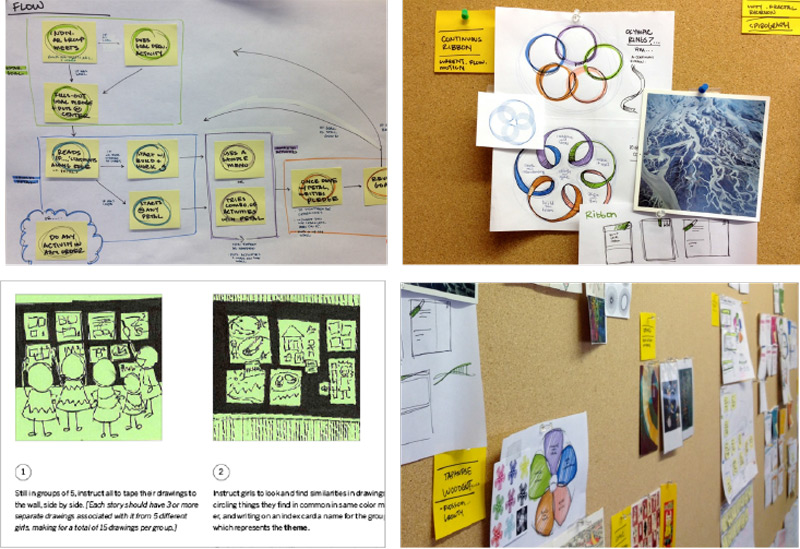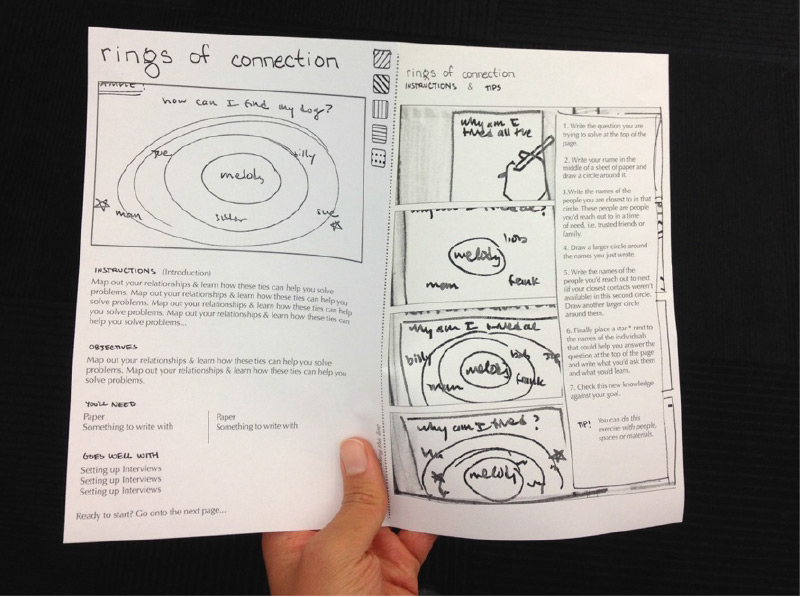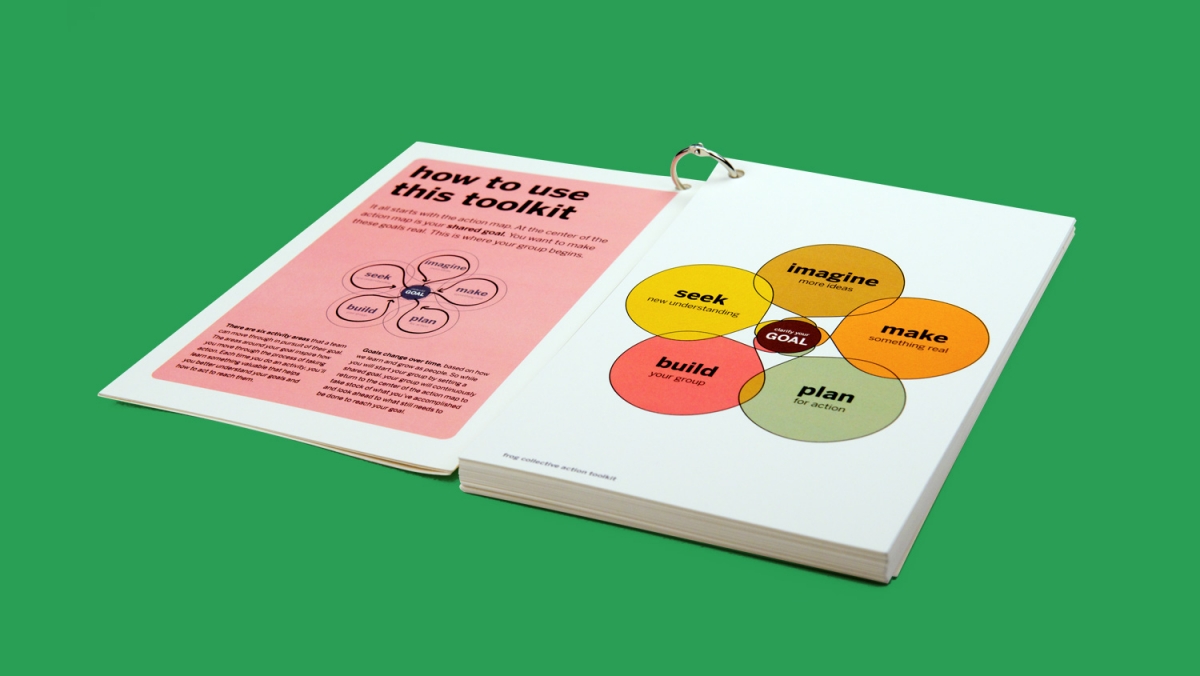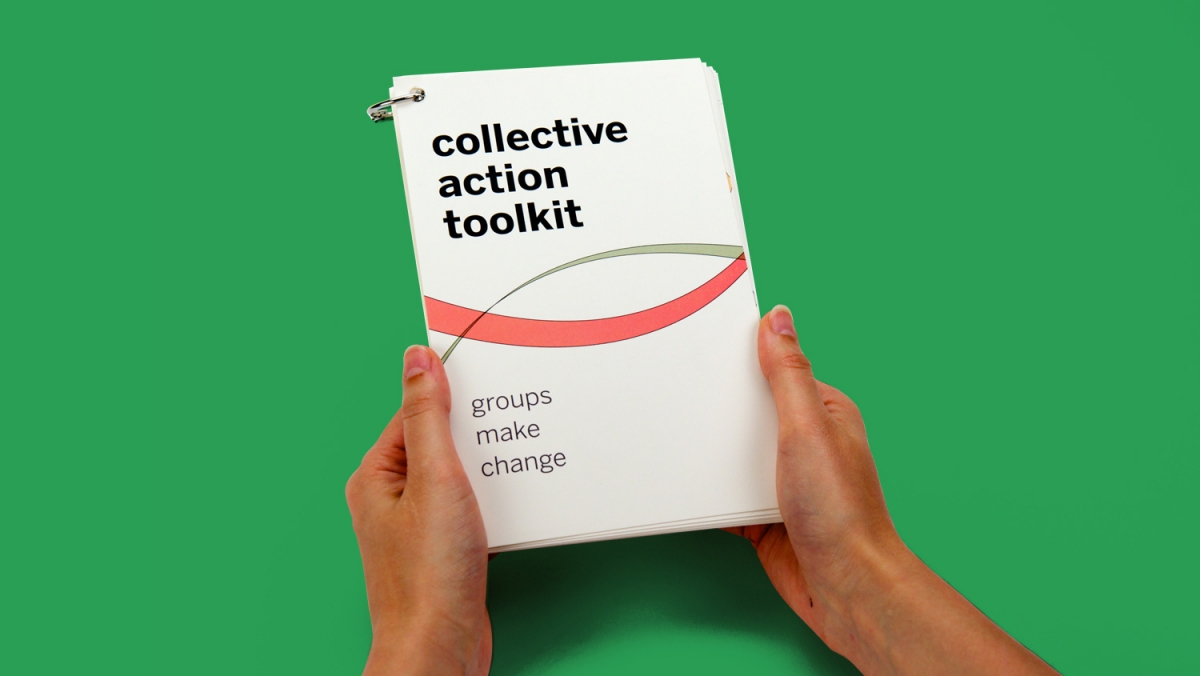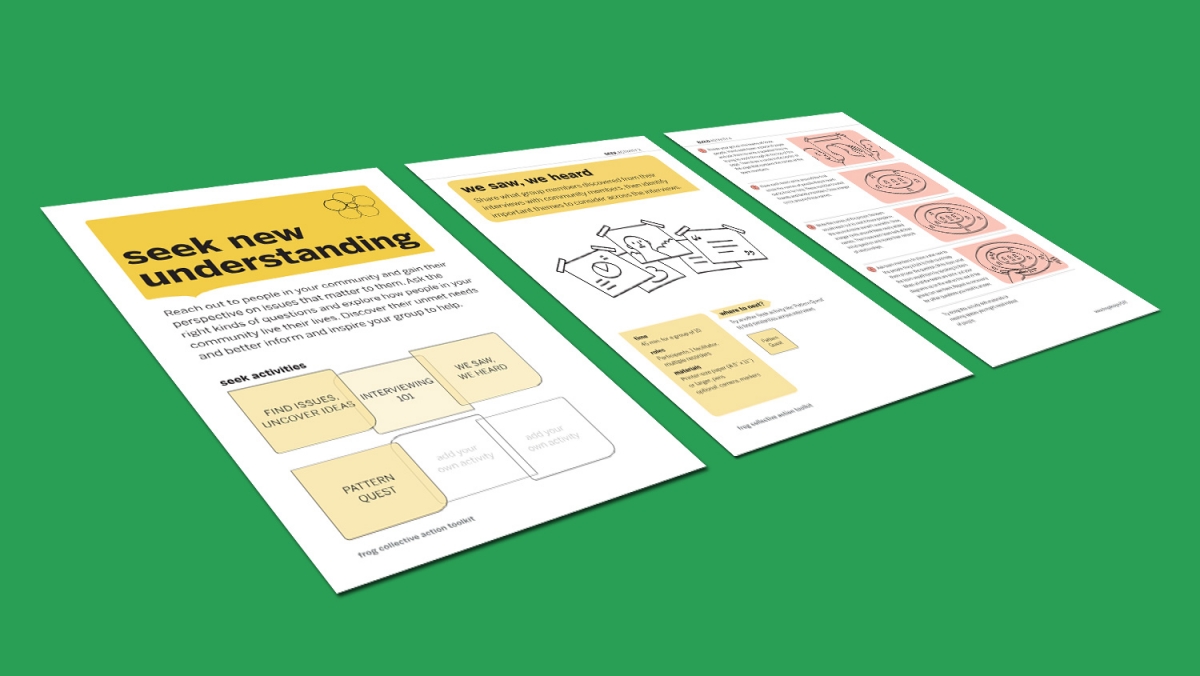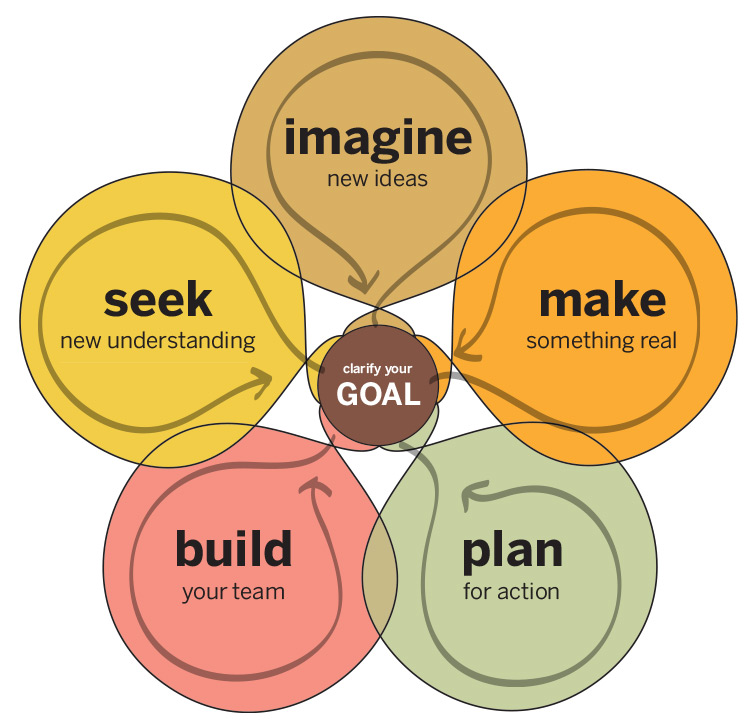frog's Collective Action Toolkit
The Collective Action Toolkit is for leaders who want to bring people together to solve problems in their community, while gaining valuable skills and knowledge along the way. It's for groups that want to make a change for the better. I served as the day-to-day lead for the creation of this toolkit, co-wrote a portion of the content, and have evangelized its use globally on behalf of frog.
“Want to figure out a way to help people in your community eat healthier? Have an idea for a small business? The CAT offers templates for activities to help get the idea off the ground.”
—FastCoDesign.com
New Questions from an Unexpected Source
In 2011 and 2012, frog collaborated with Nike Foundation/Girl Effect on a research project where we explored the nature and value of connections for adolescent girls living in extreme poverty in Kenya, Ethiopia, and Bangladesh. In that project, the team provided training for girls in those areas to help us co-design potential solutions for increasing connections between girls. (More details on this project here.) The only way to do this was to translate the design process into something the girls would really care about—something meaningful and useful that provided immediate value to their daily lives, with the design goals of the program playing a secondary role.
After the project was over, we asked ourselves:
- How might we translate the design process into something centered on skill development and knowledge sharing for communities instead of concept generation for designers?
- How might we make it a process in which the development and communication of ideas becomes a vehicle to teach inquiry, leadership, and problem-solving to anyone, from any culture?
A More Accessible Take on Design Thinking
We embarked on a six-month process of envisioning, crafting, and piloting a toolkit for community leaders that would answer these questions, and create a more accessible model for sharing the power of design. We called it the Collective Action Toolkit (CAT).
Our hard and fast rule was that the word "design" could not appear in the toolkit. We wanted the language of the toolkit to be accessible, in all forms of the word, and designer-y jargon wouldn't help.
Our target audience was a local community leader (anyone with the initiative to solve a problem) who wanted to work with a group to make a solution real. This seemed like a very general audience to address, but our approach was to determine what group situations would be universal in any problem-solving situation, from the initial goal-setting to the final plans for acting on a solution.
Additionally, we looked across frog’s social innovation work and mined our internal expertise in collaborating in grassroots innovation within startups and large-scale organizations.
Moving from Co-created Ideas to Community Action
As we tested the first drafts of CAT activities, we used a sample problem from our own communities: How could we work together to create a community garden?
We quickly discovered that this seemingly small problem touched upon a wider set of issues that transcended what seemed like a very tangible goal. We found that additional activities needed to be created to help those conversations and questions find a venue within the group, both for discussion, the building of consensus, and collective action.
This led us to structuring the CAT to be flexible and accessible, with an action map and activities arranged into six categories, from building a group, to imagining new ideas, to planning change. The toolkit challenges groups to move beyond discussion to action, continually clarifying their shared goals based on what they learn through the problem-solving process.
A Successful Recipe for Group Collaboration
The CAT team resisted establishing a process that would require the community leader to “bake” a solution. Too much rigidity within the CAT's structure would mean that, like a falling soufflé, a single mistake in choosing the activity ingredients would cause immediate failure.
Instead, the community leader gets to "cook", selecting activities in the CAT to achieve the desired result while remaining flexible as new information emerges. The leader can adjust the activities as necessary to help the group take shared steps towards a solution.
The activities require everyone in the group to share new opinions and ideas before coming to consensus, rather than allowing a leader to force consensus solely around their own ideas and excluding critical ingredients.
The action map provided as part of the Collective Action Toolkit, showing that progressing through the toolkit requires regularly clarifying your goals and sharing what your group learns throughout the process.
Recognized and Used Worldwide
The Collective Action Toolkit is currently available for free download from frog in English, Simplified Chinese, and universal Spanish and French, and can be adapted by anyone via a Creative Commons license. It is used worldwide by over 20,000 problem solvers and counting—most of whom would never have called themselves designers. CAT users are in community groups, nonprofits, foundations, NGOs, startups, public schools, colleges, universities, and corporations.
I co-created the first pilot for the CAT in the U.S. education system with Scott Boylston at Savannah College of Art and Design. This pilot has been documented in articles that I wrote for FastCoDesign and Good.Is, as well as this brief summary video and presentation below. I also helped integrate the toolkit into a school for design thinking and community engagement in Myanmar. In the years since its release, I have advised a revision of the toolkit along with my business partner Mary Paynter Sherwin, who edited and revised the new release.
The toolkit has been honored with a Bronze IDEA Award from the IDSA for Design Strategy, featured as a case study on AIGA.org, and featured in the "Assist" category of AIGA's 100 Years of Design. I have traveled around the world teaching everyone from design students to government officials to corporate design thinking groups how to use the toolkit.
As part of Ask The Sherwins, I currently work with corporations and not-for-profits to help them create custom training programs and toolkits like the CAT, so they can bring the power of design into their organizations. Feel free to contact me at david (at) askthesherwins (daht) com.

